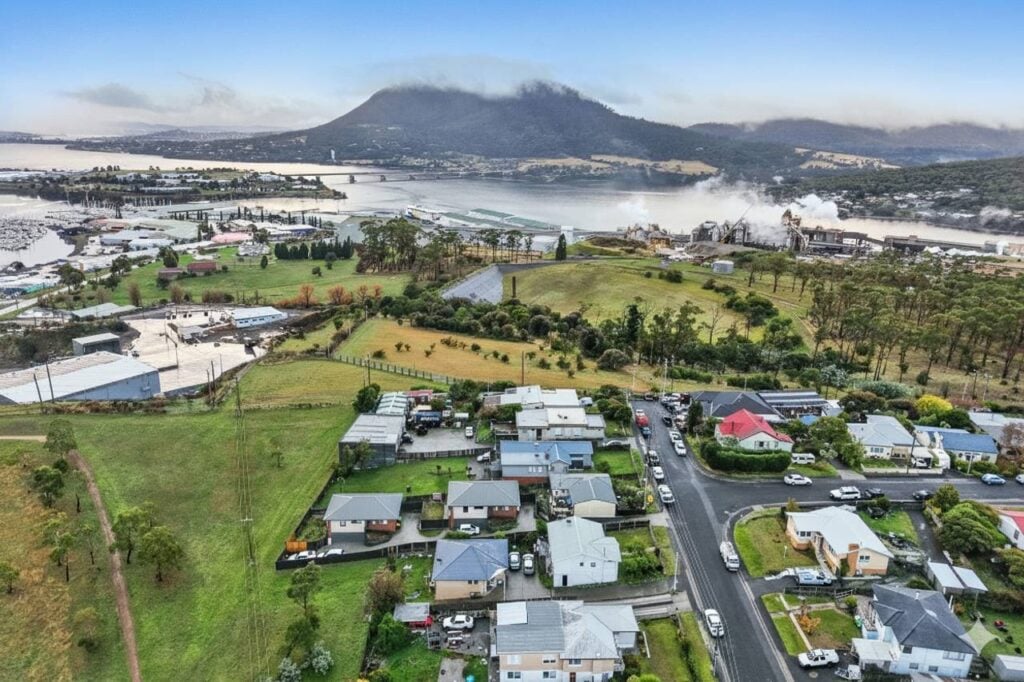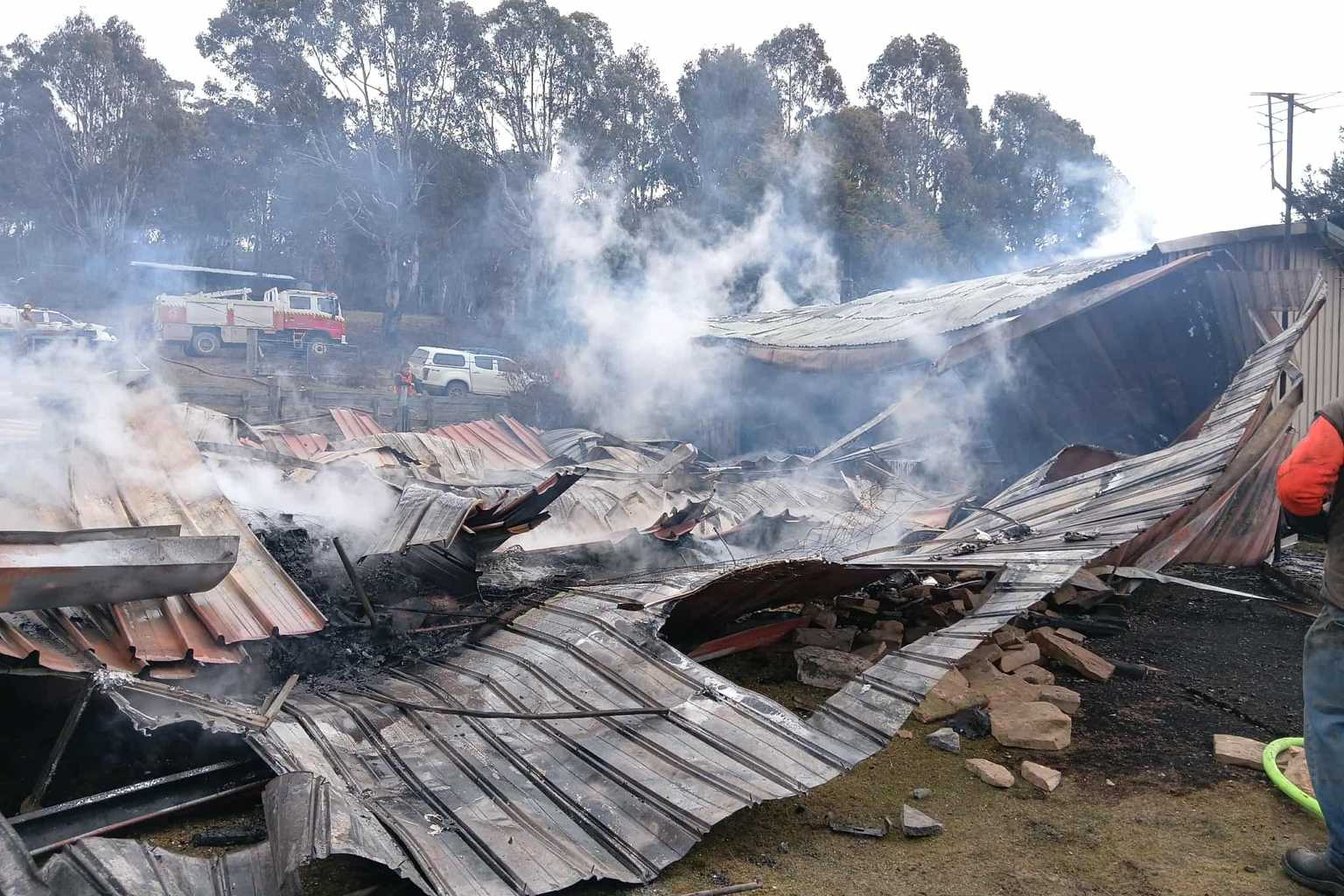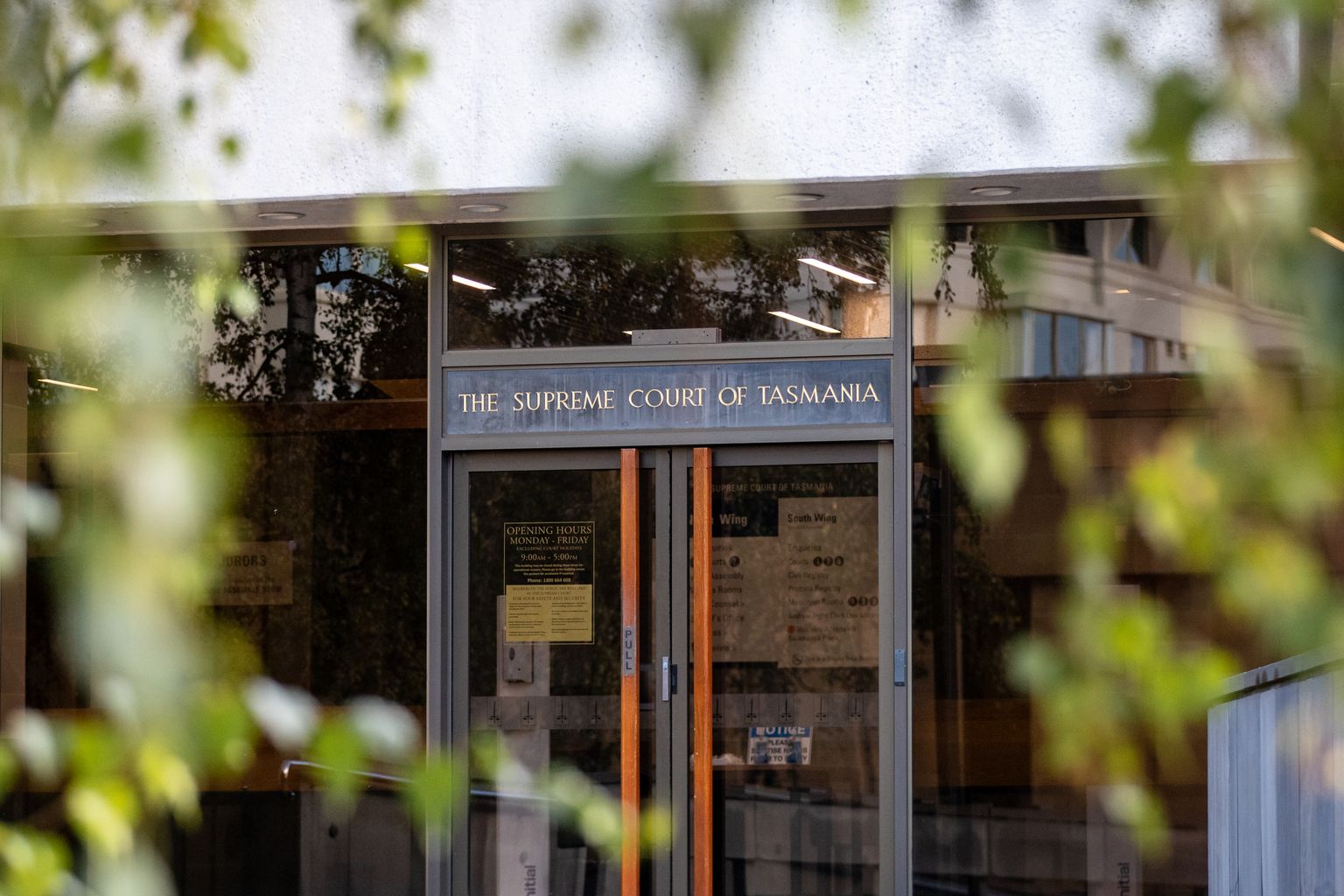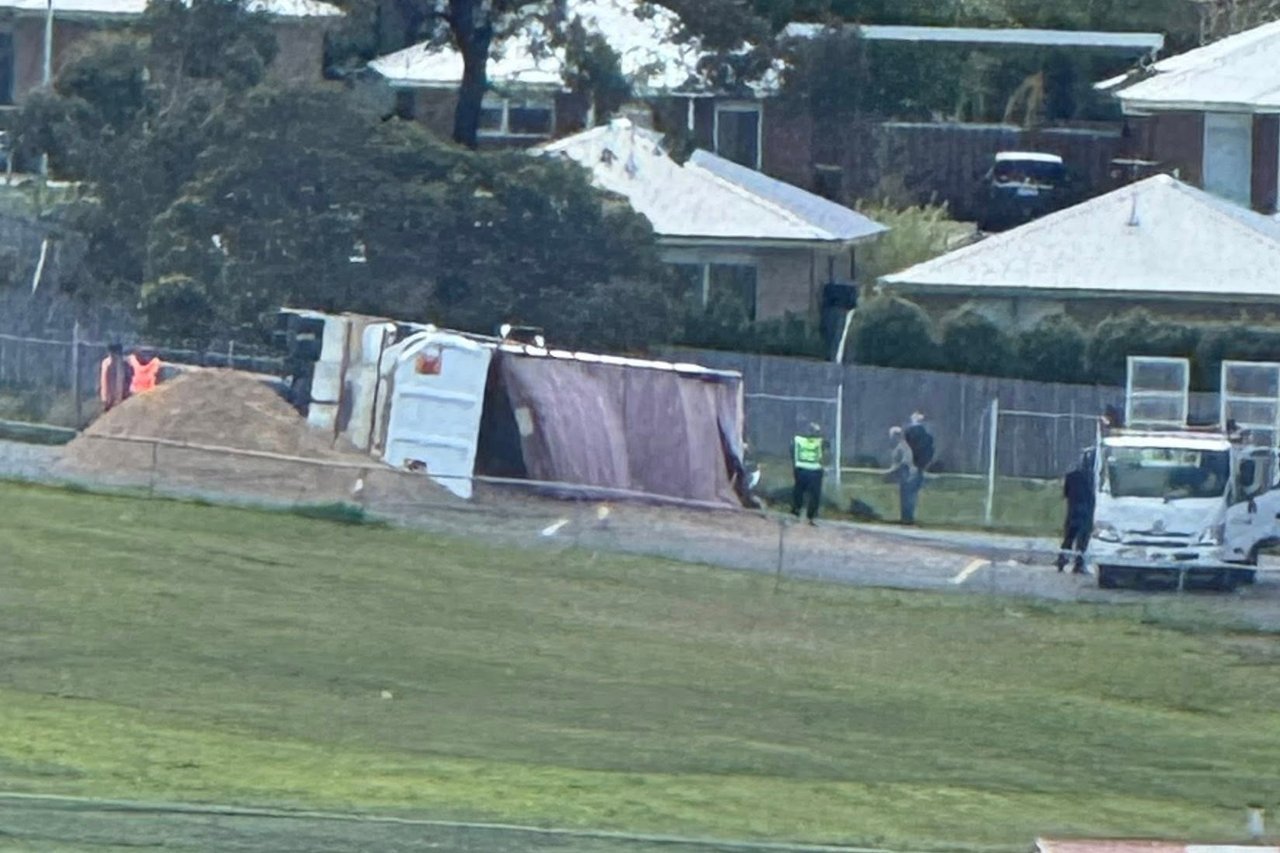The EPA will soon launch its “most spatially extensive” lead dust monitoring program in years amid concerns that industrial emissions may be affecting communities near two major industrial sites.
About 45 sampling sites will be set up in the Hobart suburb of Lutana and on the eastern shore, with similar testing to follow in Rosebery on the West Coast later this year.
The reassessment comes after EPA sampling detected lead in dust beyond the boundaries of the Nyrstar zinc smelter site in Lutana earlier this year.
“This is not a new issue and the communities within both areas have been aware of ongoing public health advice related to lead in the environment for many years,” EPA chief executive Catherine Murdoch said.
She stressed the proactive monitoring was not triggered by any non-compliance by Nyrstar or MMG, Tasmania’s two largest lead-to-air emitters.
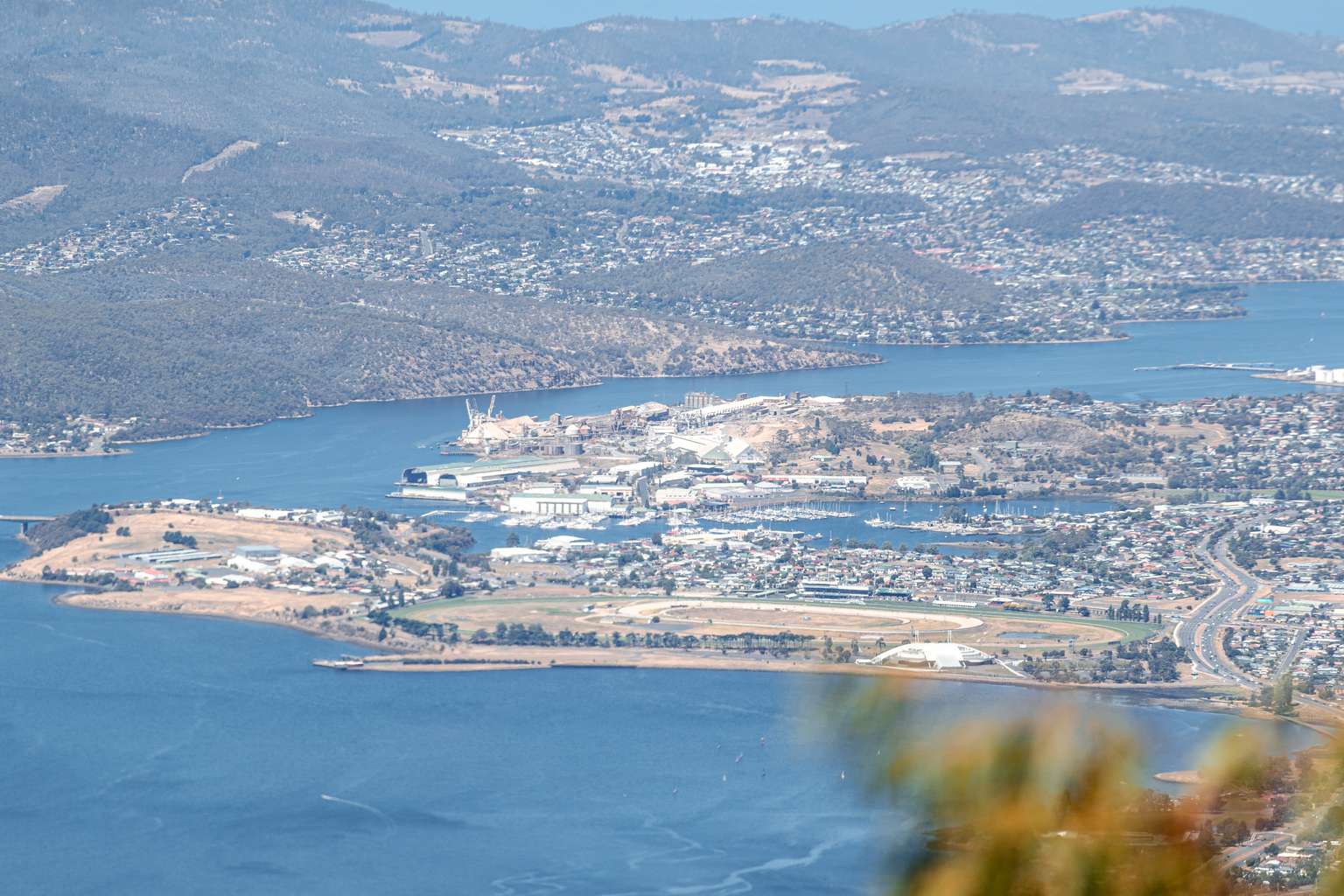
Instead, the decision was partly informed by a 2024 incident at a Rocherlea metal recycling facility in Launceston.
“What the Rocherlea matter taught the EPA was that lead in dust was being generated by activities on the site and was migrating off-site,” Murdoch said.
The EPA’s air quality team sampled areas near MMG and Nyrstar in January and May this year, knowing they were the state’s biggest lead emitters.
Those preliminary results showed lead was present but weren’t conclusive enough to determine deposition rates or health risks.
Director of Public Health Dr Mark Veitch said Tasmania’s lead emissions needed to be seen in perspective.

The Nyrstar site emits about 620 kilograms of lead into the air annually, while MMG reports around 330 kilograms.
“By contrast, at Mount Isa, the annual emissions are 150,000 kilograms per year,” Dr Veitch said.
“Even at Broken Hill, there are 23,000 kilograms per year from the major emitter there.”
He said emissions at the Tasmanian sites were “orders of magnitude less” than mainland locations where there was “very justifiable” health concern.
Dr Veitch also emphasised there was no evidence of harm to local communities.
Blood lead surveys conducted in the 1990s and around 2010 found children’s levels were comparable to similar-aged children elsewhere in Australia.
“We haven’t had any concerning signals from notifications of elevated blood lead” in the past 15 years, he said.
Tasmania records about eight notifications a year of people with slightly elevated levels, usually linked to DIY renovations. No unusual clusters have come from Lutana or Rosebery.
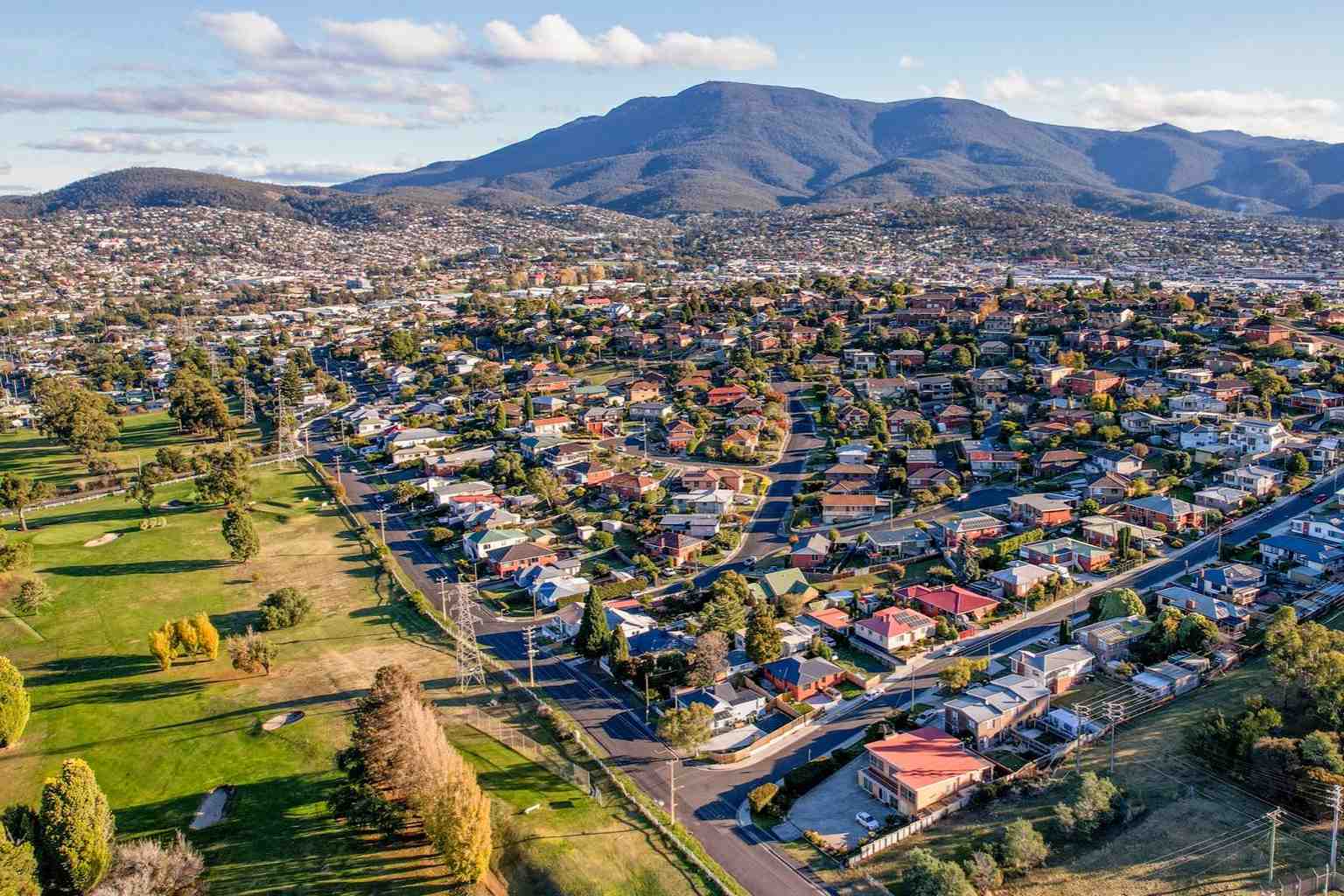
Dr Veitch said he would not recommend blood testing for residents unless new assessments showed increased risk.
He said existing precautionary advice for residents remained appropriate and should be followed.
“Wash and dry your hands before you eat and drink. That will mean you don’t transfer any lead from your hands to your food and to your mouth,” he said.
He also recommended eating regular, well-balanced meals including breakfast, as food in the stomach reduces lead absorption, particularly for children.
Residents renovating older properties should test for lead-based paint before stripping or sanding, he said.
Previous health assessments conducted over 15 years ago focused primarily on lead in soil and concluded no health harm was occurring. The new program will put the spotlight on dust.
“Lead in dust is quite properly now considered one of the more important indicators of human health risk and it hasn’t been incorporated particularly meaningfully into any of the previous risk assessments,” Veitch said.
The monitoring will measure both lead on surfaces and how much dust is being deposited day-to-day in various environments.
Murdoch said the 45 Lutana sites will be spread across three zones.
The first will be areas already known to have soil contamination, the second a buffer zone to account for wind and plume migration and the third background sites outside the area to provide baseline levels.
Some residents will be asked to host monitoring equipment in their backyards as part of the investigation.
The EPA and state government will fund the initial work, which Murdoch said will cost beyond the EPA’s current budget.
Initial design work is estimated at $60,000 to $90,000, with total costs dependent on the monitoring program’s scope.
The monitoring will begin later this month in Lutana, with Rosebery testing to follow before year’s end.
Murdoch said the results would guide a review of the EPA’s regulatory framework for dust management, noting there is currently no Australian standard for lead in deposited dust.
Environmental and human health risk assessments for both sites are expected to be completed by mid-2026.

